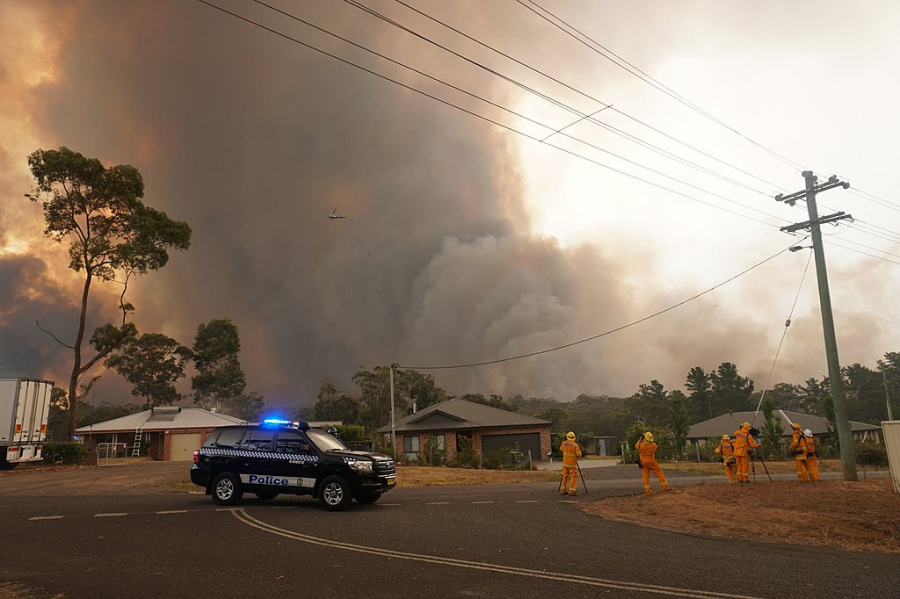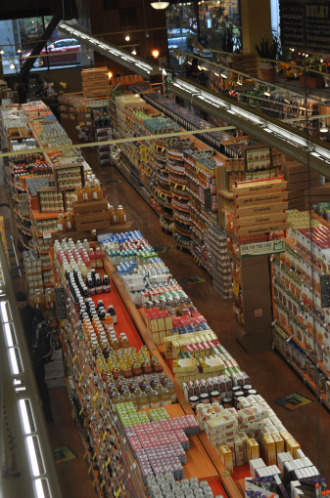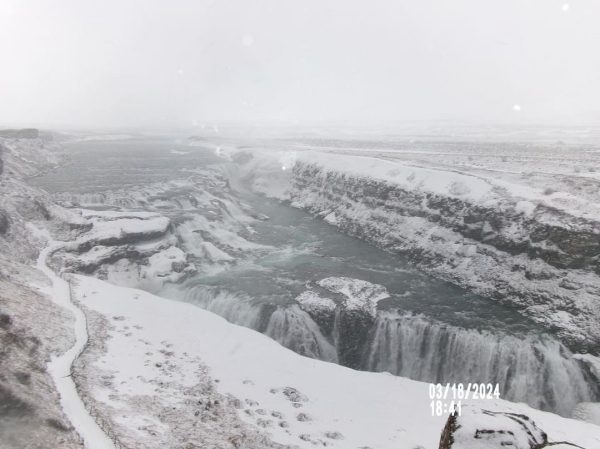Australia’s Wildfires Are a Global Concern
For the last few months, wildfires in Australia have been ravaging buildings and forests, reducing the homes of countless people and animals to ashes. Since the start of fall 2019, more than 70,000 square miles have burned. That’s over one and a half times the size of Pennsylvania. Additionally, these fires have claimed at least 33 lives since September and killed thousands of animals.
While fires in Australia are common in the dry season, the amount and severity is now reaching an unprecedented level. Australia is home to biodiversity and is a unique habitat for many species of plants and animals. The United Nations Environment Programme estimates that currently one million species are facing extinction under these conditions. This is especially true in rainforest areas, where plants have not evolved to recover from fires.
These wildfires are just one part of a larger issue: climate change. They are part of a snowball effect because climate change has caused these fires to worsen, and the effects of these worse fires further hurt the environment. Kim Reese, adviser of Pennridge Earth Club, says “I do think that environmentally, it seems like there is a lot more instability in our weather patterns.” The severity has increased due to the rise in global temperature. This makes it easier for fires to start and spread in a dry climate. Ash and smoke are carried in the air for miles. Ash has rained down on parts of Australia that have not seen a single fire. Smoke has been detected as far as South America and is lowering the air quality to hazardous levels. As Australia burns, more and more carbon dioxide is released into the atmosphere. This continues to heat the earth through the greenhouse effect. The carbon dioxide creates a “bubble” that traps sunlight and heat, preventing it from leaving the earth.
To combat this, firefighters are spraying water, digging trenches, and dropping water and fire retardant from helicopters and planes. In most cases, it is impossible to put the fires out, so emergency personnel focus on containing the spread and allowing a controlled area to burn out. The United Nations is working alongside Australia to collect data on the fires and share information with the public to organize relief efforts. It is difficult to contain the many effects of the wildfires this year because so much forest has burned that the carbon dioxide emitted is unable to be fully reabsorbed. This year’s fire season has also brought intense flooding due to the barren land left behind.
What can you do to help fight this global crisis? You don’t have to fly to Australia and fight the fires in person to make a difference. There are many ways to help. The Australian Red Cross is accepting donations to its Disaster Relief and Recovery Fund. This will be used to pay emergency responders in Australia as well as help those who have been impacted and displaced by the fires. Another impactful way to help is to spread the word. Sharing information on social media or telling those you know can help make sure that everyone knows the facts and has the opportunity to donate if they can.
Scott Galloway, a high school senior, suggested “Pennridge should hold a fundraiser to raise money and awareness for the wildfires.” He agreed that the student population probably does not know many details of what is happening in Australia and the severity.
Grade 12
Interests/Hobbies- Volleyball, Mini-THON (overall chair), NHS, Executive Council, enjoy spending time with friends, watching and playing sports
Goals-...









